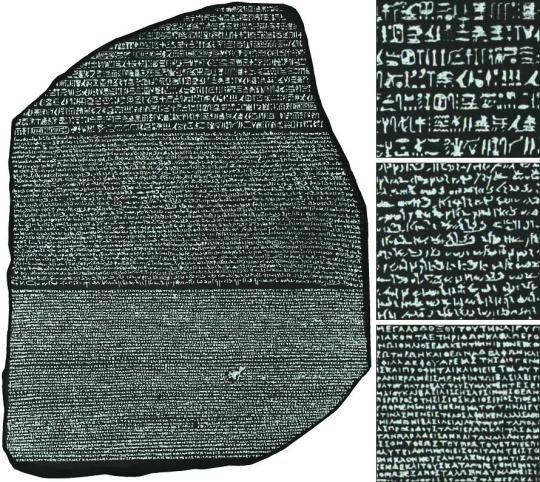Hi. I wanted to ask you about the anceint Minoan Snake Goddess. She totally confuses and intrigues me at the same time. Basically who was she? Did she pre-date Olympians and Titans both? Some say her cult was imported from Egypt.

Aaaa!! I love her! She was the one who really ignited my curiosity as a kid when I was first studying mythology. Because she looks so VERY different from the Greek gods and goddesses of the Classical era.
I wrote a bit about the Minoans here, but not specifically about the snake goddess.
So… this gets complicated.
The easiest answer is we have no idea who she is because we have no “Rosetta Stone” for Linear A. Which basically means that we cannot read Minoan (yet!) and cannot find out who she is, what her stories are, what she was the goddess of, not even her name. She’s a complete mystery, which makes all this so much more intriguing.
There’s no direct evidence for a link with Egypt. Egypt’s gods look nothing like her, save for maybe Isis, but that would be a stretch. The Minoans sailed, and doubtless they traded with their neighbors to the south and the east and along the Levant, which the Egyptians controlled at that time during the Middle Kingdom. Martin Bernal talks about this in Black Athena: The Afro-Asiatic Roots of Western Civilization.
There are a lot of theories that she is a goddess of the labyrinth and the Underworld, a Minoan amalgamation of the roles that Persephone and Ariadne would later play for the Mycenaeans and the Greeks. But again, nothing can really be proven about her. Everything we have is conjecture, even the supposition that she’s a goddess and not actually a statue of a priestess.
What we’ve found at site like Knossos and Akrotiri are a wealth of archaeological remnants of that civilization. Sacrificial pits, pottery, frescoes, buildings, and figurines like the snake goddess. There is still a lot to be discovered. There was overlap at the end of the Minoan culture and the Mycenaean, which means that there’s still hope for finding a way to translate Minoan Linear A by using what we know from Mycenaean Linear B.

After all, we had no idea how to translate Egyptian hieroglyphics until Jean-Francois Champollion used the Rosetta Stone to crack the code. Before that, But he could compare side-by-side translations of Greek and Egyptian. And hopefully we’ll be able to find such a means to translate Minoan.



